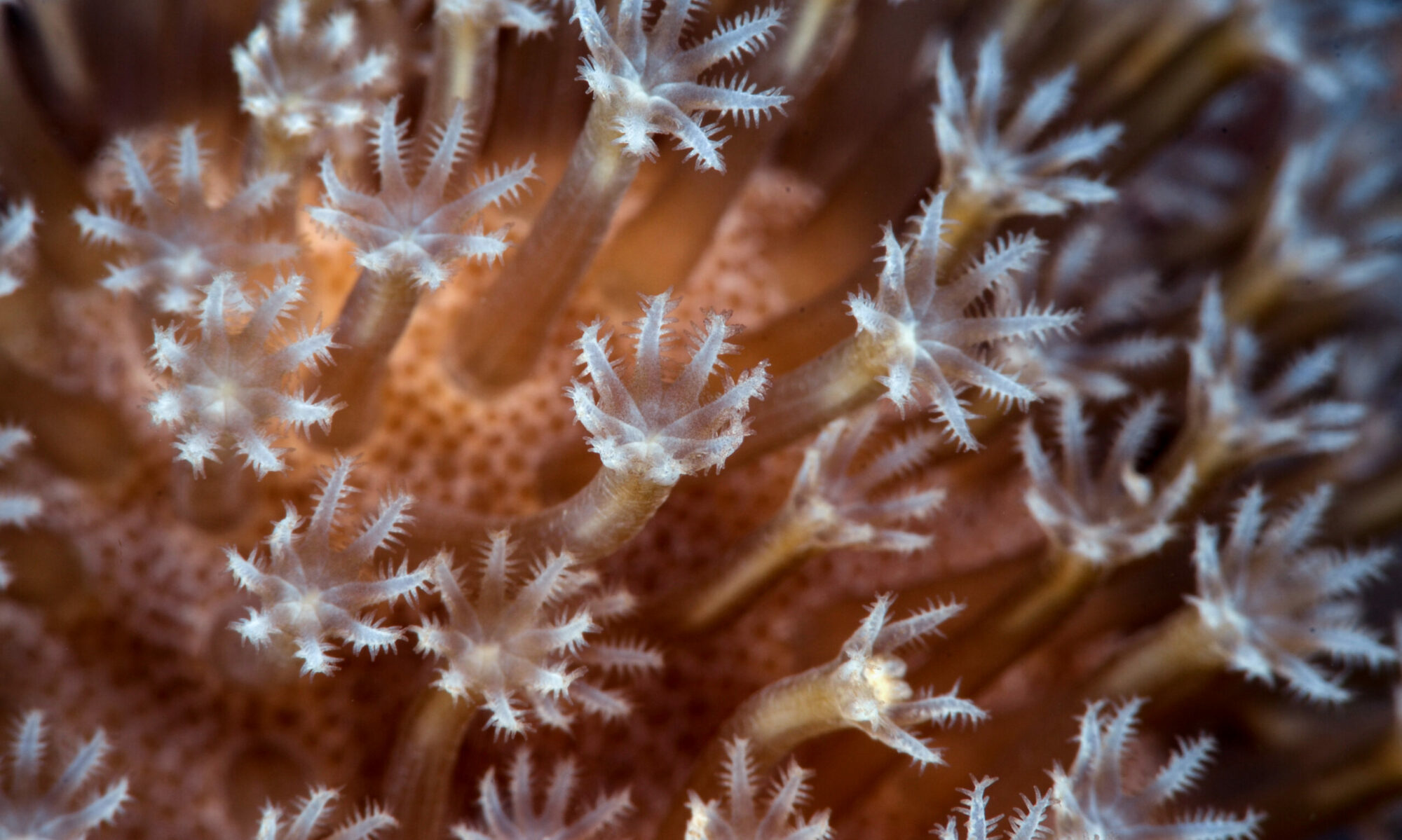
Research by Reilly Kleven at the University of Guam (UOG) has revealed the remarkable growth potential of branching Lithophyllum coralline algae, a vital component of Guam’s coral reefs.
Kleven is a Graduate Research Assistant with the Guam National Science Foundation’s (NSF) Established Program to Stimulate Competitive Research (EPSCoR) at UOG.
Kleven’s research, conducted under the guidance of Tom Schils, Ph.D. of the UOG Marine Labratory, focused on quantifying the growth rates of these algae in various reef habitats around the island. By utilizing advanced 3D scanning techniques, Kleven was able to measure the growth of individual algae samples over an extended period.
“Nongeniculate coralline algae are one of the most abundant calcifiers on Guam’s reef. They provide a variety of ecosystem services for reef environments. They help build and stabilize reef framework by depositing calcium carbonate in the form of magnesium calcite skeletons,” explained Kleven. “They act as important binders, decreasing the likelihood of structural collapse by reinforcing caves and cavities. Their skeletons further contribute to the resilience and recovery potential of reefs, providing protection from disturbances such as bio erosion and tsunamis.”
One of the most significant findings of the study was the exceptional growth rates observed in Lithophyllum algae from Pago Bay, Guam. These algae demonstrated remarkable resilience, growing at a rate that far exceeded previous estimates for coralline algae in tropical regions.
Kleven’s research also highlighted the importance of environmental conditions on algal growth. While Pago Bay offered optimal conditions for Lithophyllum growth, factors such as nutrient levels, sediment output, and water temperature were found to significantly influence growth rates in other areas, such as Togcha Bay.
These findings have significant implications for understanding the resilience of Guam’s coral reefs and their ability to recover from disturbances. As climate change continues to threaten coral ecosystems, the growth potential of lLithophyllum algae offers hope for future reef conservation efforts.
“As coral bleaching events become more frequent and severe the significance of coralline algae increases. These algae are likely to play a crucial role in preserving tropical reef carbonate structures as environmental change continues,” added Kleven.
Kleven’s research marks a significant contribution to the field of marine biology and provides valuable insights into the complex dynamics of coral reef ecosystems at a time when many see the importance of the protection of our reefs.


